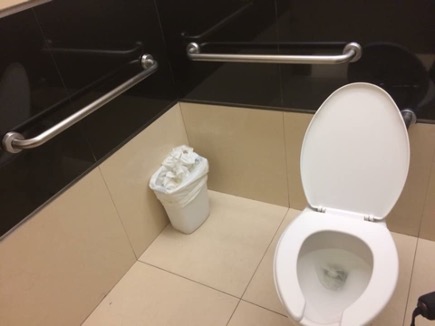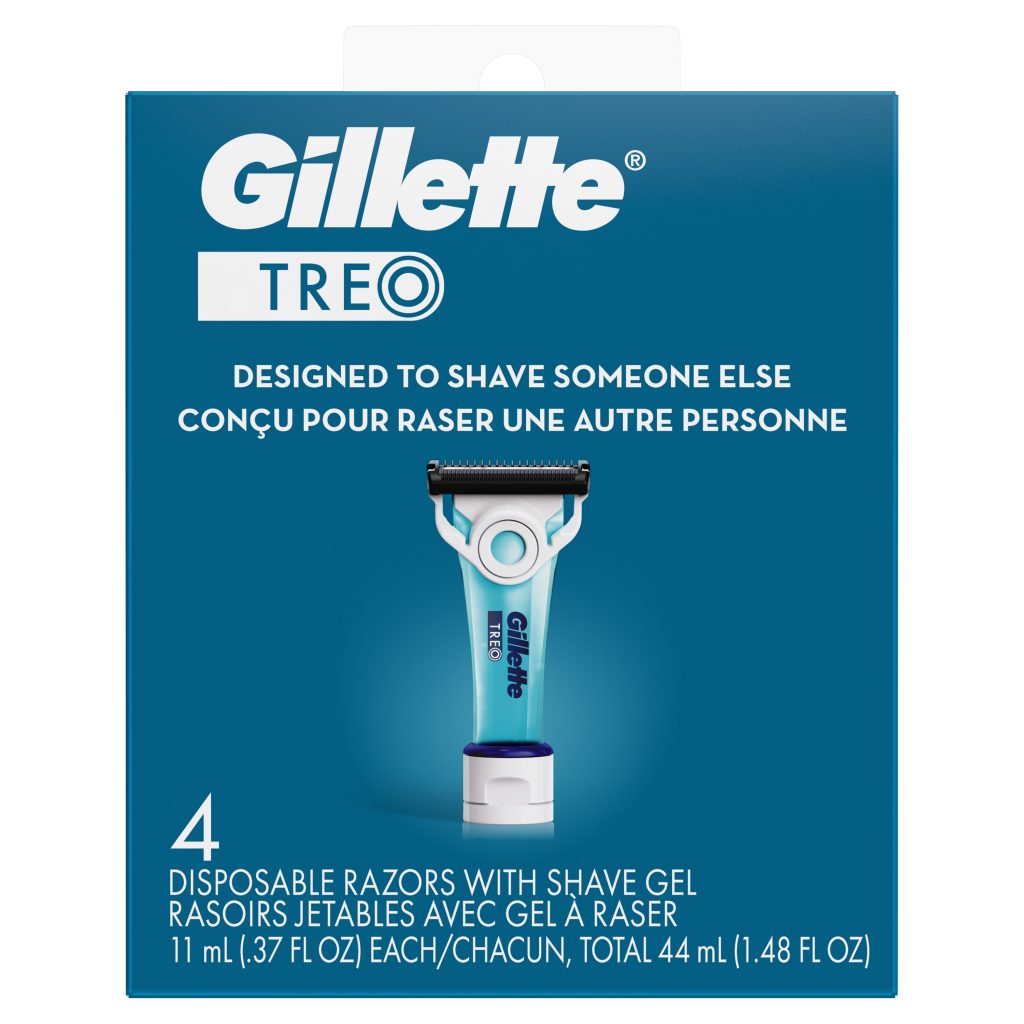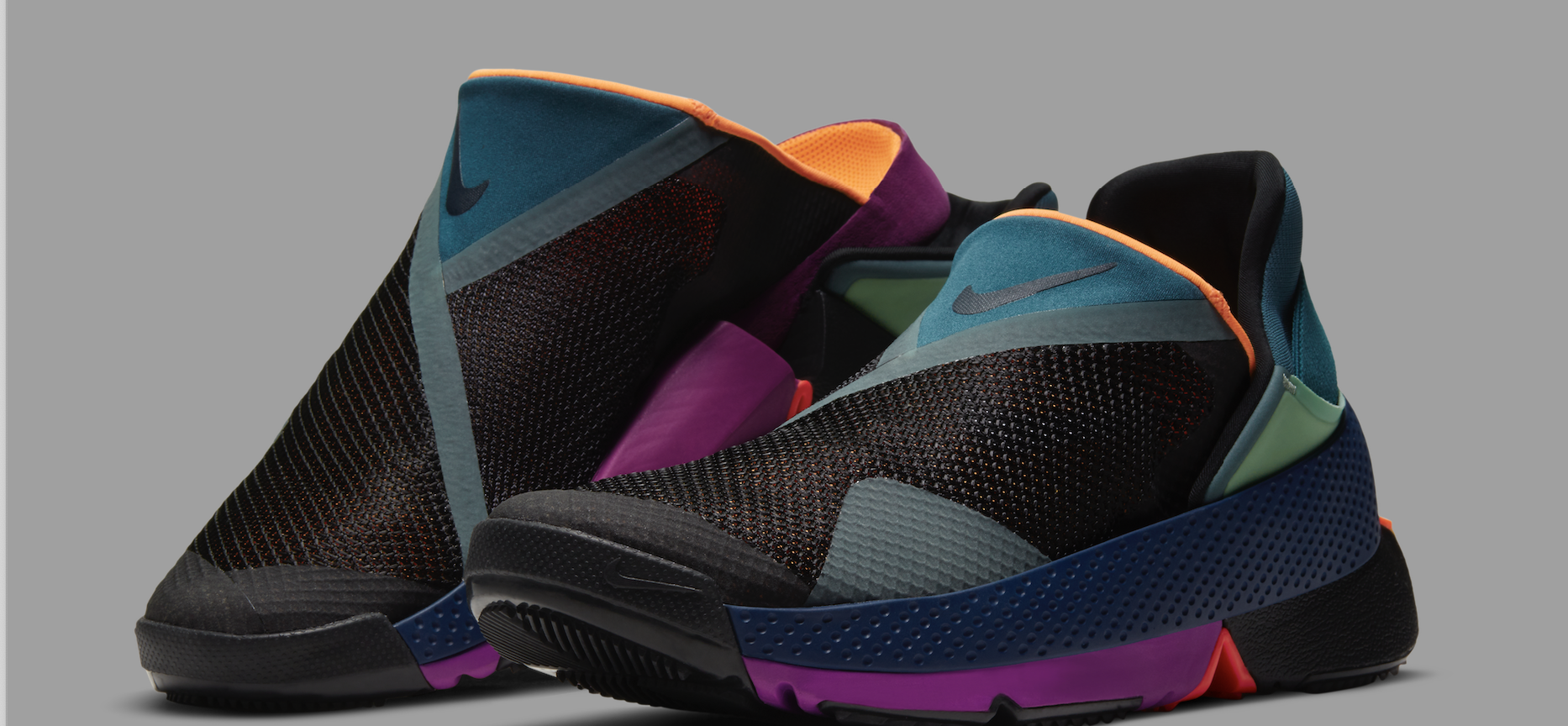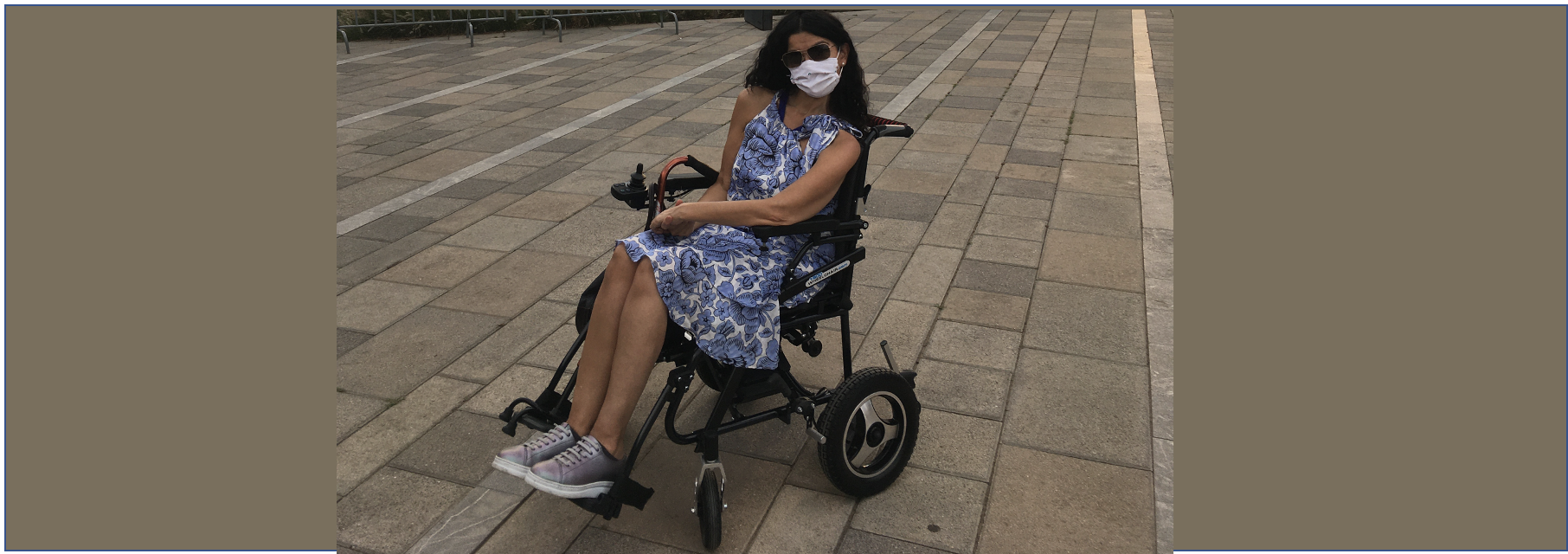Post by Bety Martinez, our brilliant brandgym Partner based in Mexico City.
This week, I was moved by a report from Interbrand on “The pursuit of the barrier-free brand experience” (1). It is a call for empathy, for unity, for a change of perspective of business people in general, and marketeers, in particular.
Today, an impressive 1.3 billion people suffer from some type of disability. That’s 15% of the population. And a huge potential market of $8trillion that, even today, is ignored by most brands.
For 56% of business leaders the topic of disability rarely or never came up on their leadership agenda, according to the report from The Valuable 500, whose vision is that “inclusive businesses create inclusive societies”. An miniscule 4% of businesses are focused on making their offerings inclusive of disability. “There are more clothing lines for dogs than for people with disabilities,” said Stephanie Thomas of Cur8able! (2)
But if we are in the age of Brand purpose, what would it take for brands to put accessibility at the heart of their strategy? How can brands embrace processes and models to remove barriers and create meaningful experiences for more people than ever before?
Let me tell you: I am part of that group. After eating a deadly bacteria that attacked part of my cerebellum and spinal cord, I became semi-paralyzed on the left part of my body. I depend on a wheelchair when I go outside, having several deviations in my neck and spinal column. I hear only with my right ear, and do everything only with my right arm.
I can assure you that even the simplest of activities can be an ordeal: taking a shower, dressing only using my right hand, preparing something to eat (the trickiest are the self-called “EZ-open packs”!), and even more so when I go outside my home.
It is so sad to see offices and stores that have made an effort to adapt the bathrooms or access points, only to realize they have spent their money in vain. Many of the accessibility features are useless: bathroom handrails out of reach (see photo below) or accessibility ramps that are too steep (roller coaster style). In other cases there are no accessibility features at all.

So, here are a few thoughts on how to tap into this massive market:
1. Empathy, empathy, empathy
Identify existing barriers across the entire experience. I am in awe with the accessibility features in my iPhone. I can have all the keyboard moved to the right so I can hold my phone and type with only my right hand. It also has an “easy access” button that allows me to personalize many functions by simply touching this button on my screen. If you haven’t explored the accessibility features in your iPhone, I highly recommend you do – it’s inspiring!
2. Think not only on the disabled, but in the caregivers as well
Gillette Treo was designed with the idea of caregivers shaving others, which was a breakthrough and very needed solution. This is something that came out years ago in 2018. Why hasn’t it been expanded to more places?

3. Your regular target will appreciate your product experience to be easier to use.
Take the example of Nike Go Fly Ease, the shoe designed to be hands free that we posted on here. This is a shoe that provides great advantages for people with disabilities. But it definitely serves as well “the student racing to class” or “the parent with their hands full” as Nike mentions in their web page. (3)

4. Tap into increased business opportunities
Amazon Alexa has accessibility features for people with vision, hearing, mobility and speech disabilities, opening a new commercial channel for a huge amount of people that find difficulties in the regular shopping experience (4)
As a senior brand strategist with disabilities, I am really excited of being part of this movement. I am convinced that putting accessibility at the heart and minds of businesses will benefit the brands that embrace it. And, more importantly, it will give us a ticket to participate more broadly in the fantastic adventure of being alive.
Sources:
- 1. Interbrand: the pursuit of the barrier-free brand experience: June 2021
- 2. The Valuable 500: The Leaders of the Inclusion Revolution
- 3. This is Nike go-fly ease: https://news.nike.com/news/nike-go-flyease-hands-free-shoe
- 4. Accessibility features for Alexa: https://www.amazon.com/gp/help/customer/display.html?nodeId=202158280
